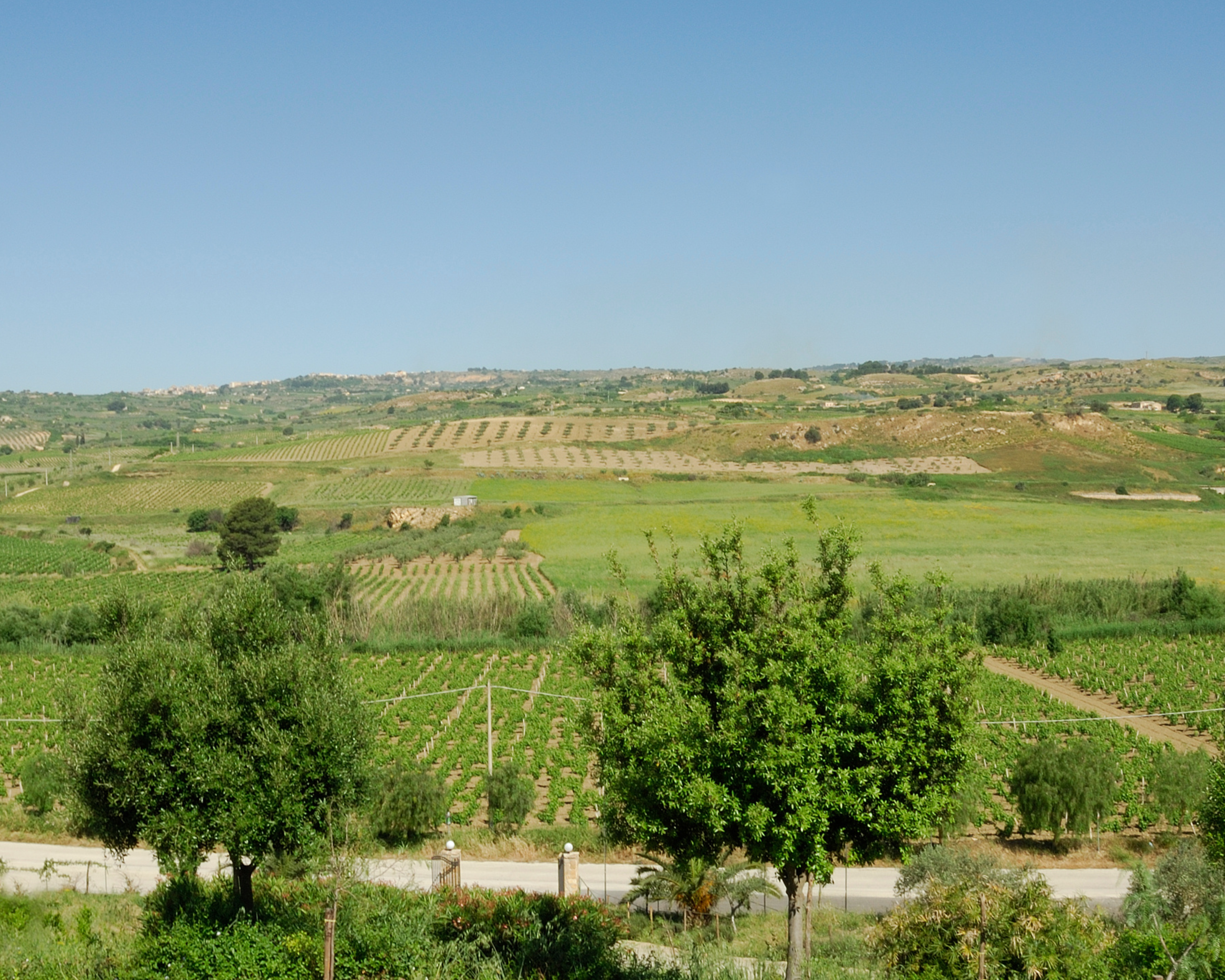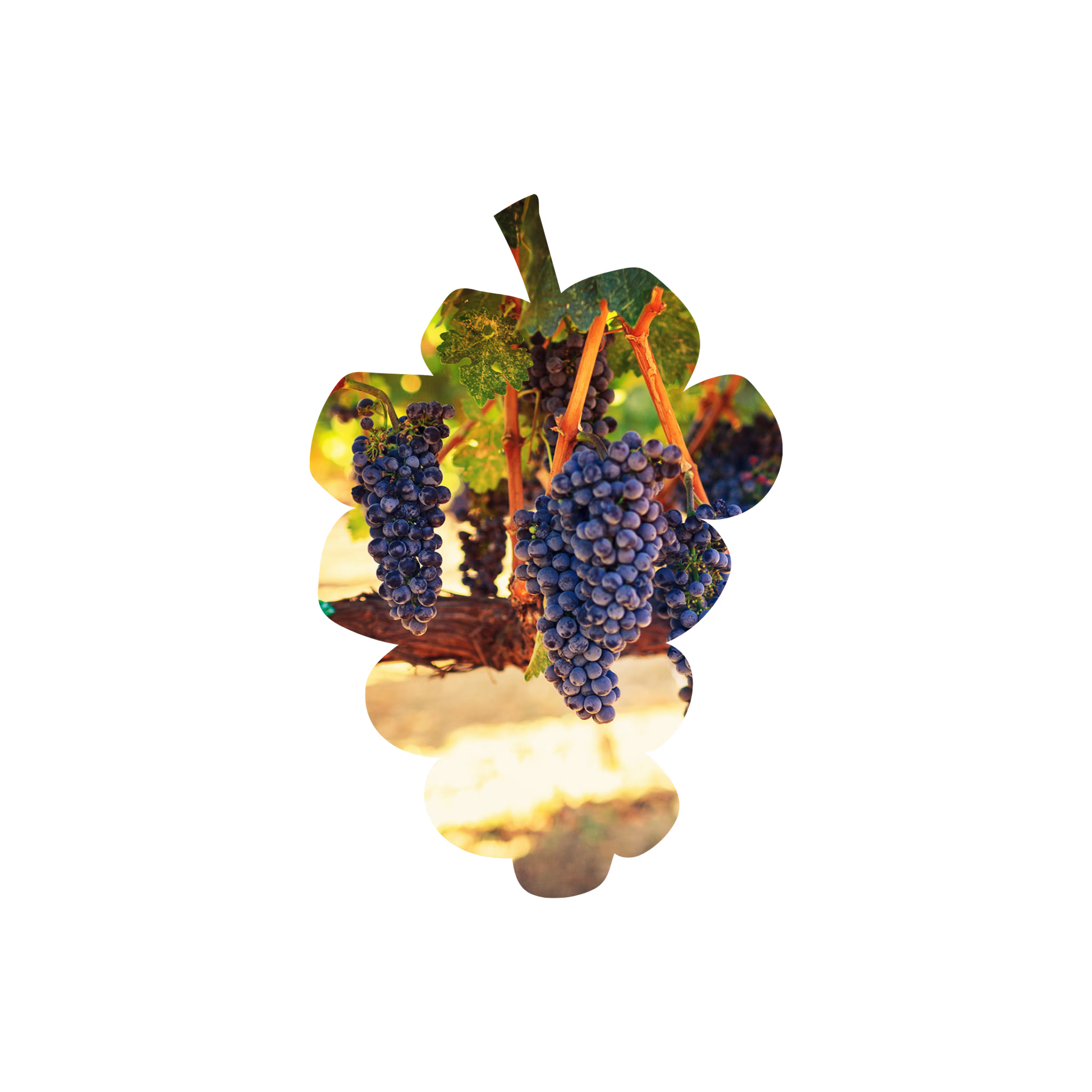

Sicily’s Renaissance: From Nero d’Avola to Etna Wines
Discover Sicily’s volcanic wines, where ancient traditions meet modern innovation in the heart of Italy’s most dynamic wine region.
A meal without wine is like a day without sunshine, but in Veneto, every wine tells a story.
– Italian Proverb
Sicily’s Volcanic Wine Tradition: A Perfect Fusion of Past and Present
Sicily, Italy’s largest island, is emerging as a star in the wine world, with a rich history that stretches back millennia. The island's unique terroir, especially from the Etna volcano, has allowed Sicily to produce distinctive wines that blend both ancient traditions and modern innovation.
Sicilian wines, such as Nero d’Avola, the island’s flagship red grape, and wines from Etna DOC, have garnered international acclaim for their complexity, elegance, and volcanic minerality.
- Etna DOC – High-altitude vineyards producing wines with a strong volcanic character, thanks to the fertile, mineral-rich soils of Mount Etna.
- Famous Grape Varieties – Nero d’Avola, known for its bold and rich profile, Nerello Mascalese, producing structured reds, and Carricante, a versatile white grape.
- Key Producers – Renowned names such as Planeta, Donnafugata, and Tenuta delle Terre Nere are leading the way in bringing Sicily’s volcanic wines to global prominence.
Sicily is quickly becoming a place to watch for innovative wine production and a return to its ancient roots, offering wines that speak of the volcanic terroir and rich history of this fascinating island.

Explore Sicily’s Key Wine Regions
Etna DOC, Noto, and Vittoria – The Heart of Sicily’s Wine Revolution
Veneto’s wine landscape is defined by three key regions, each offering unique expressions of the local terroir. From powerful reds to delicate whites and lively sparkling wines, Veneto showcases the versatility of Italian winemaking.
🍷 Valpolicella – The land of Amarone
Famous for Amarone della Valpolicella, a bold and concentrated red wine made using the appassimento method, where grapes are dried before fermentation to intensify flavors.
Also home to Recioto della Valpolicella, a sweet red wine with a rich history.
Key grape varieties: Corvina, Rondinella, Molinara, which bring structure, fruitiness, and aromatic complexity.
Notable producers: Giuseppe Quintarelli, Allegrini, Tommasi.
Best vintages: 1997, 2001, 2015, 2016.
🥂 Prosecco Region – The heart of Italian sparkling wine
The Conegliano-Valdobbiadene DOCG produces the finest Prosecco, made with the Glera grape.
Prosecco is crafted using the Charmat method, which preserves its fresh, fruit-forward character.
Flavors: Green apple, pear, citrus, and floral notes, with a crisp and lively palate.
Notable producers: Nino Franco, Bisol, Valdo.
🌿 Soave – The home of mineral-driven whites
A region renowned for its elegant, crisp white wines, mainly made from the Garganega grape.
Soave wines are light to medium-bodied, with notes of white flowers, almonds, citrus, and minerality.
The best examples come from Soave Classico, where volcanic soils enhance the wine’s structure and complexity.
Notable producers: Pieropan, Inama.
From the intensity of Amarone to the effervescence of Prosecco and the elegance of Soave, Veneto’s sub-regions represent some of Italy’s most beloved wines.

The Grapes That Define Sicilian Wines
Nero d’Avola, Nerello Mascalese, Carricante – Sicily’s Signature Grapes
Veneto’s diverse climate and landscapes allow for the cultivation of a range of grape varieties, each contributing to the region’s unique wine styles.
🍇 Corvina – The backbone of Valpolicella wines
A late-ripening grape that brings deep color, high acidity, and bright cherry flavors.
Key component of Amarone, where drying the grapes enhances richness and complexity.
Produces wines with hints of red berries, herbs, and spice, often complemented by oak aging.
🥂 Glera – The sparkling soul of Prosecco
The essential grape in Prosecco, known for its fresh acidity and delicate aromas.
Produces wines with flavors of green apple, pear, white peach, and citrus, making them highly refreshing.
Best grown in the steep hills of Conegliano-Valdobbiadene, where the climate enhances its aromatic potential.
🌿 Garganega – The heart of Soave
A versatile white grape known for its minerality, floral notes, and crisp acidity.
Produces wines that range from fresh and zesty to rich and textured, depending on winemaking techniques.
Often blended with Trebbiano di Soave for added balance and complexity.
These three grapes capture the essence of Veneto, providing wines that are bold, lively, and elegant.

Meet the Winemakers Behind Sicily’s Renaissance
Planeta, Donnafugata, Tenuta delle Terre Nere – Leading Sicilian Producers
Sicily is home to some of the most renowned wine producers in Italy, who have helped elevate the island’s wine industry to global recognition. These producers have played a crucial role in showcasing the island’s diverse terroirs, innovative practices, and dedication to quality winemaking.
🍇 Planeta – A Pioneer in Modern Sicilian Wine
One of the most well-known wineries in Sicily, Planeta has been at the forefront of the island’s wine revolution.
The winery focuses on both indigenous and international grape varieties, creating a range of expressive wines that highlight the diversity of Sicily’s terroir.
Signature Wines: Nero d’Avola, Chardonnay, Cerasuolo di Vittoria.
🍇 Donnafugata – Tradition with a Modern Twist
Donnafugata is a family-owned winery that blends tradition and innovation in its wine production. Known for producing wines that are bold, aromatic, and expressive of Sicilian heritage, Donnafugata is recognized internationally for its quality and commitment to the island.
Signature Wines: Nero d’Avola, Mille e Una Notte, Anthilia.
🍇 Tenuta delle Terre Nere – Etna’s Premier Producer
Located on the slopes of Mount Etna, Tenuta delle Terre Nere produces some of the most elegant and sought-after wines from the volcanic soils of the region.
Focusing on Nerello Mascalese, Nerello Cappuccio, and Carricante, the winery’s wines embody the minerality and freshness that Etna’s volcanic terroir is known for.
Signature Wines: Etna Rosso, Etna Bianco, Carricante.
These producers have redefined Sicilian wine, combining old-world tradition with modern techniques to create wines that speak to both the rich history and dynamic future of the island.
Legendary Vintages of Sicily’s Wines
Sicily’s wine industry has experienced a renaissance in recent years, with certain vintages emerging as standout examples of the island’s potential to produce wines of international acclaim. These vintages have delivered wines of depth, elegance, and balance, showcasing the unique terroir of Sicily.
📅 2014 – A Vintage of Elegance
- The 2014 vintage in Sicily was marked by a cooler growing season, resulting in wines with freshness, balance, and elegant acidity.
- Etna wines, in particular, benefited from the temperate climate, producing crisp, minerally whites and delicate reds with fine tannins and great aging potential.
- Notable Wines: Etna Rosso, Carricante.
📅 2016 – A Classic Sicilian Vintage
- The 2016 vintage was warmer, producing wines with intense fruit expression while maintaining the freshness and structure that Sicily’s high-altitude vineyards are known for.
- Nero d’Avola from Noto and Frappato from Vittoria stood out for their fruit-forward profiles and complex aromas.
- Notable Wines: Nero d’Avola, Frappato, Cerasuolo di Vittoria.
📅 2019 – A Vintage of Complexity and Concentration
- The 2019 vintage was a great year for Sicily, producing wines with a high concentration of flavor and robust structure.
- The Etna DOC region saw some of its best wines ever with Nerello Mascalese wines showing incredible depth, complexity, and mineral character.
- Notable Wines: Etna Rosso, Nero d’Avola, Cerasuolo di Vittoria.
These vintages are a testament to Sicily’s growing reputation as a dynamic wine-producing region, capable of producing wines that balance tradition with modern winemaking techniques.
Store Your Sicilian Wines at the Perfect Temperature
Explore our selection of wine coolers →
Display Your Sicilian Wine Collection in Style
Find your perfect wine rack here →
Sicily: The Volcanic Heart of Italian Wine
Sicily, with its volcanic soils, Mediterranean climate, and rich winemaking history, has long been one of Italy’s most important and dynamic wine regions. Today, Sicily is experiencing a renaissance in wine production, blending ancient traditions with modern techniques to produce wines that are capturing global attention. From the volcanic wines of Mount Etna to the bold reds of Nero d’Avola, Sicilian wines are becoming more respected for their diverse flavors, mineral complexity, and elegance.
Sicily’s Unique Terroir: The Influence of Volcanic Soils
Sicily’s unique terroir, particularly the volcanic soils of Mount Etna, plays a pivotal role in shaping the region’s wines. The rich, mineral-laden soils of the volcano provide a distinctive volcanic minerality, imparting a signature character to the wines grown in the area. These soils are complemented by the island’s Mediterranean climate, which allows for the cultivation of a wide range of grapes, producing wines with vibrant acidity, freshness, and structure.
The influence of the volcano is particularly notable in wines from Etna DOC, where Nerello Mascalese, Nerello Cappuccio, and Carricante thrive. These wines carry a distinct mineral-driven edge, with a complex balance of fruitiness and spice, making them standout representations of the region.
The Winemaking Process in Sicily: Tradition Meets Innovation
Sicilian winemaking has always been rooted in tradition, with a deep respect for local grape varieties like Nero d’Avola and Frappato. However, today’s winemakers are increasingly combining traditional methods with innovative techniques to elevate their wines. The use of modern equipment, such as temperature-controlled fermentation tanks and stainless steel aging, ensures that the freshness and aromatic complexity of the grapes are preserved, while innovative practices are helping winemakers push the boundaries of what Sicilian wine can be.
The key to many Sicilian wines, particularly the reds from Etna DOC, lies in their high-altitude vineyards, which allow for slow ripening and a greater balance of acidity and sugar. The vineyards on the slopes of Mount Etna also benefit from cooler temperatures, which preserve the freshness of the grapes and contribute to the elegance and structure of the wines.
The Grape Varieties of Sicily: The Building Blocks of Sicilian Wines
Sicily is home to several unique indigenous grape varieties, which form the backbone of its wines. These grapes thrive in the island’s volcanic soils, contributing to the distinct flavors and aromas of Sicilian wines.
🍇 Nero d’Avola – Known as the "king" of Sicilian red grapes, Nero d’Avola produces wines that are bold, rich, and full-bodied, with flavors of dark fruits, spices, and sometimes chocolate. This grape variety is used in a range of styles, from intense reds to lighter, more approachable wines.
🍇 Nerello Mascalese – This grape is a staple of the Etna DOC region and is known for producing elegant, complex wines with mineral flavors, red fruit notes, and a subtle smokiness from the volcanic terroir. Wines made from Nerello Mascalese are structured, with great aging potential.
🍇 Carricante – A key grape in Etna DOC, Carricante produces crisp, mineral-driven whites with a citrus profile and distinct floral aromas. These wines are known for their freshness and complexity, making them a perfect expression of the island’s volcanic soils.
Sicily’s Wine Regions and Producers: A Dynamic Landscape
Sicily is home to a growing number of innovative producers who are redefining the island’s wine industry. Planeta, Donnafugata, and Tenuta delle Terre Nere are just a few of the leading names driving the modern Sicilian wine revolution. These producers combine traditional Sicilian winemaking methods with the latest technologies to produce wines that are not only rooted in history but also modern and dynamic.
Notable producers are helping Sicily’s wines gain a global reputation, and their commitment to quality and innovation is shaping the future of the island’s wine industry.
The Best Vintages of Sicily: A Region’s Growing Prestige
Several vintages have marked Sicily’s rising prominence on the world wine stage, showcasing the island’s ability to produce exceptional wines. The 2014, 2016, and 2019 vintages are particularly notable for their balance, structure, and fruit-forward elegance. These vintages have helped establish Sicily as a region capable of producing wines of international quality and longevity.
How to Store and Serve Sicilian Wines
✔ Storage temperature: 12–16°C for optimal aging.
✔ Horizontal storage: Keeps corks moist and prevents oxidation.
✔ Decanting recommended: Etna reds and Nero d’Avola benefit from decanting to reveal their full complexity.
✔ Serving temperature:
- Etna Reds and Nero d’Avola: 16–18°C
- Prosecco: 6–8°C
- Carricante (whites): 8–10°C